Specialised Cells
This lesson covers:
- What 'specialised' cells are
- Examples of how cells are specialised for their functions
Specialised cells Like we saw in the previous lesson, all cells start out as unspecialised stem cells. These stem cells can then differentiate to form specialised cells. |
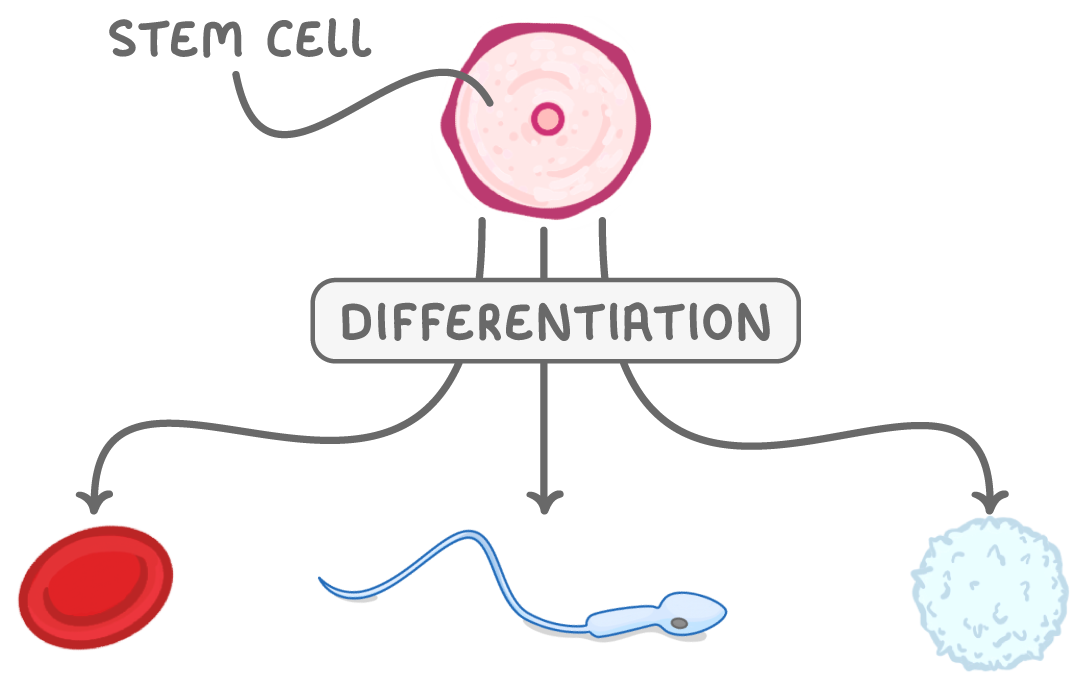 Specialised cells have features that enable them to carry out their specific function. For example, sperm cells have a tail that helps them to swim to fertilise an egg cell. |
Specialised animal cells You need to be able to explain how the following animal cells are specialised for their functions. |
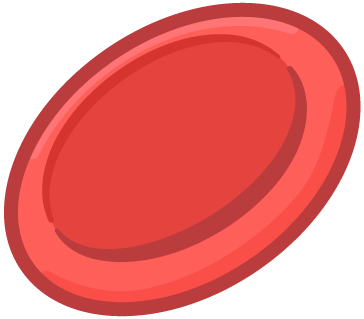 Erythrocytes Erythrocytes or red blood cells are responsible for transporting oxygen around the body. Specialised features:
|
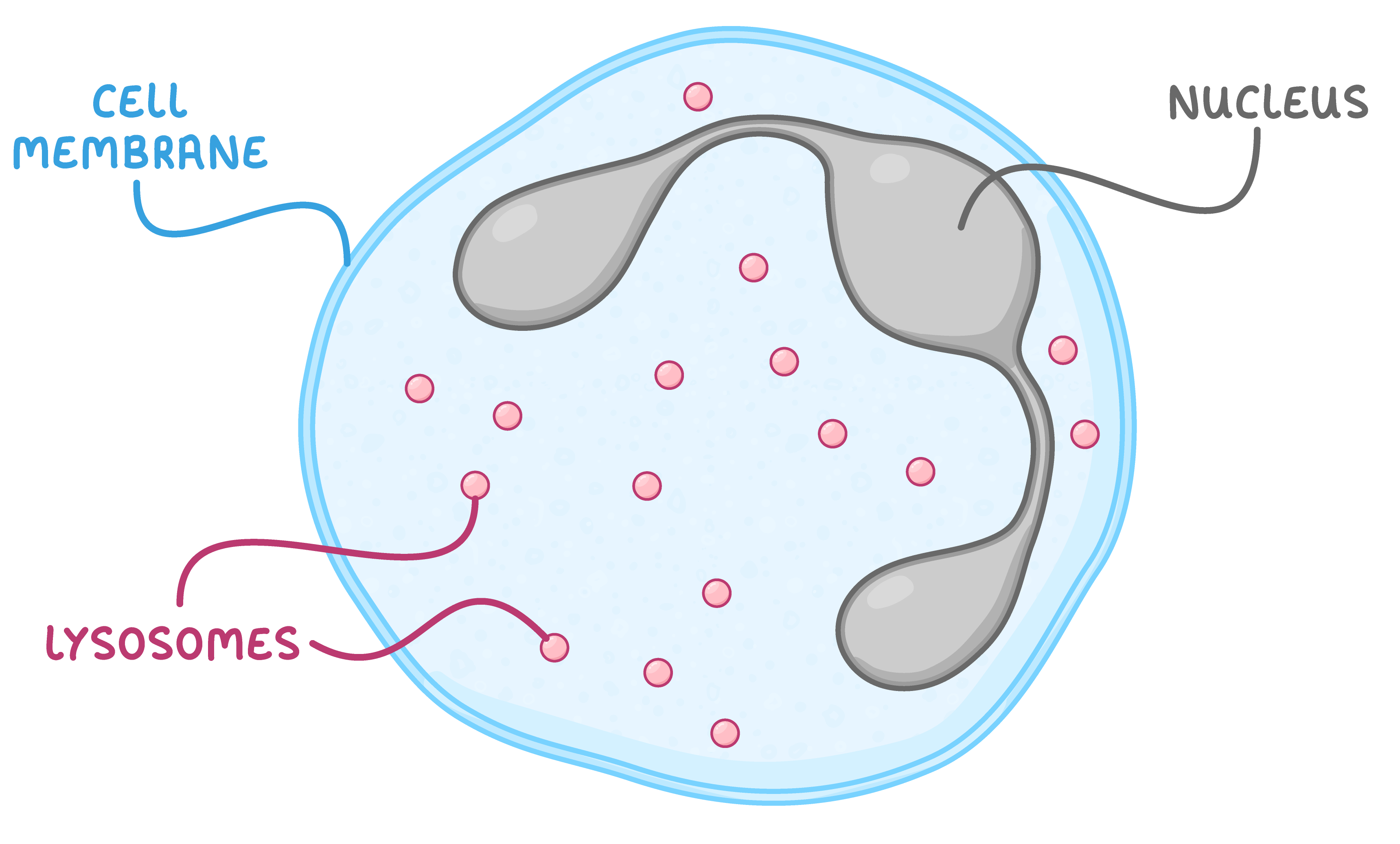 Neutrophils Neutrophils are types of white blood cell that help to defend the body against pathogens. Specialised features:
|
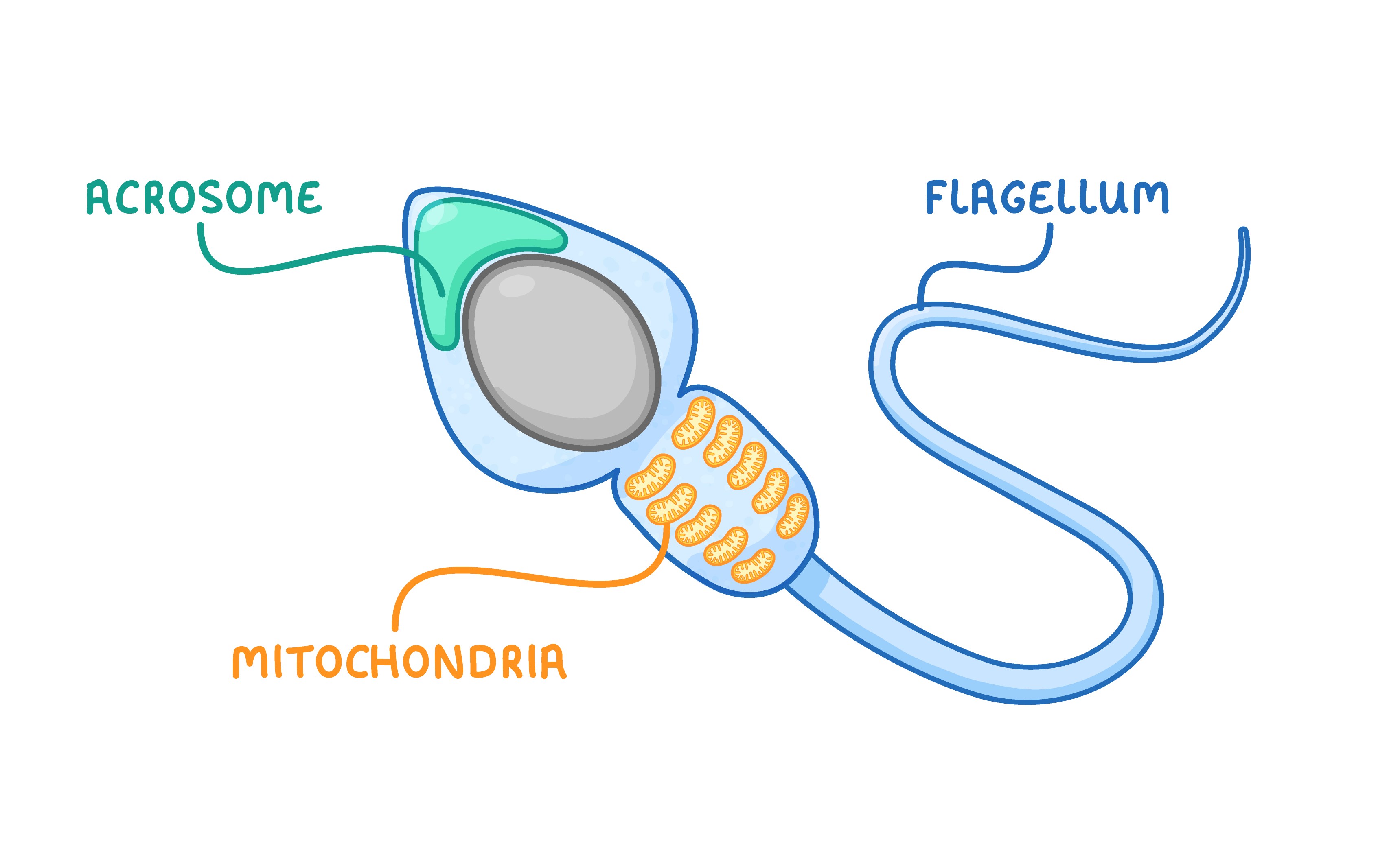 Sperm cells Sperm cells (male gametes) carry genetic information to the female gamete. Specialised features:
|
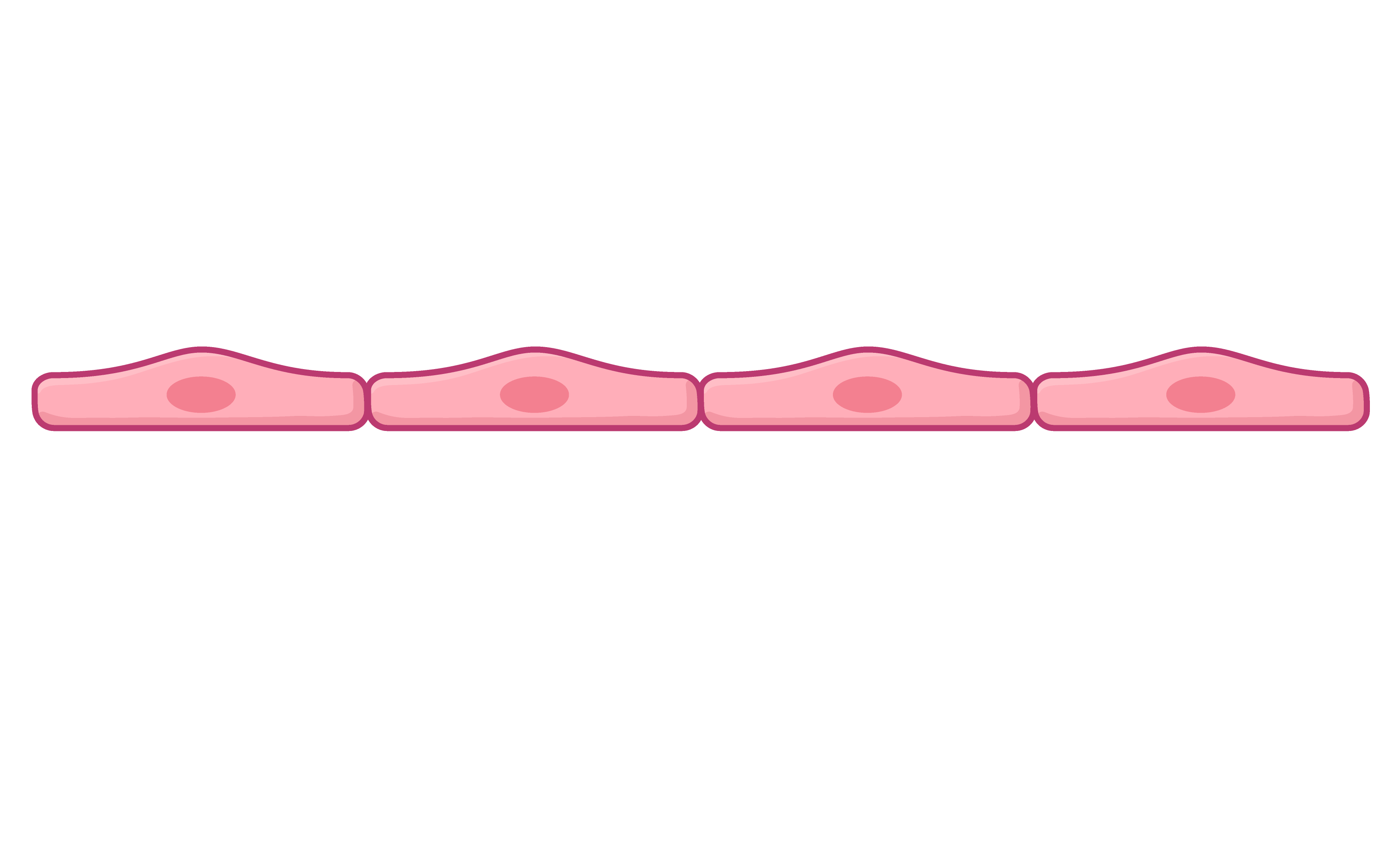 Squamous epithelial cells Squamous epithelial cells cover the surface of organs such as the lungs and blood vessels. Specialised features:
|
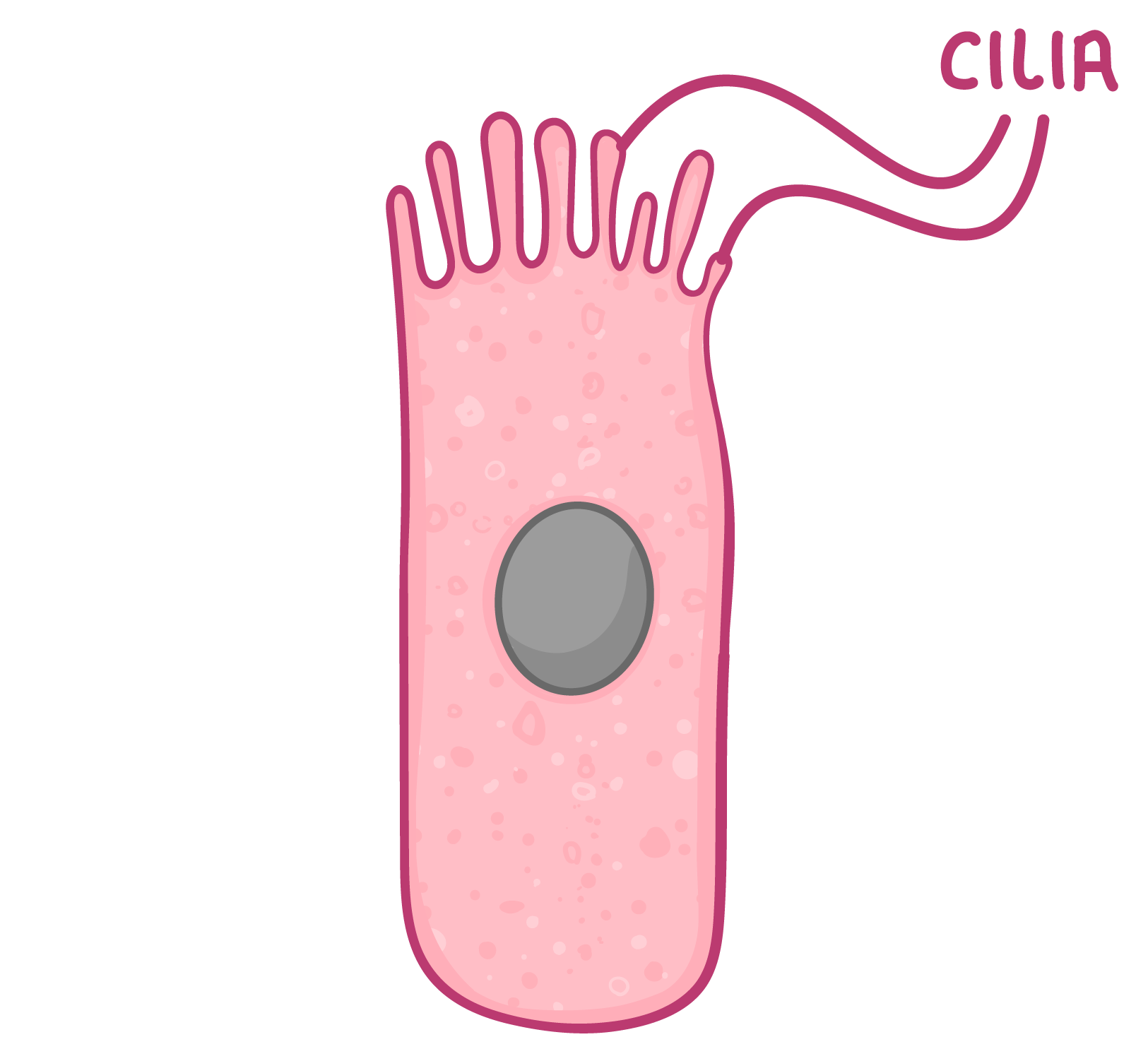 Ciliated epithelial cells Ciliated epithelial cells also cover the surface of organs where they can move substances such as mucus or egg cells. They are found in organs such as the bronchioles and fallopian tubes. Specialised features:
|
Specialised plant cells You need to be able to explain how the following plant cells are specialised for their functions. |
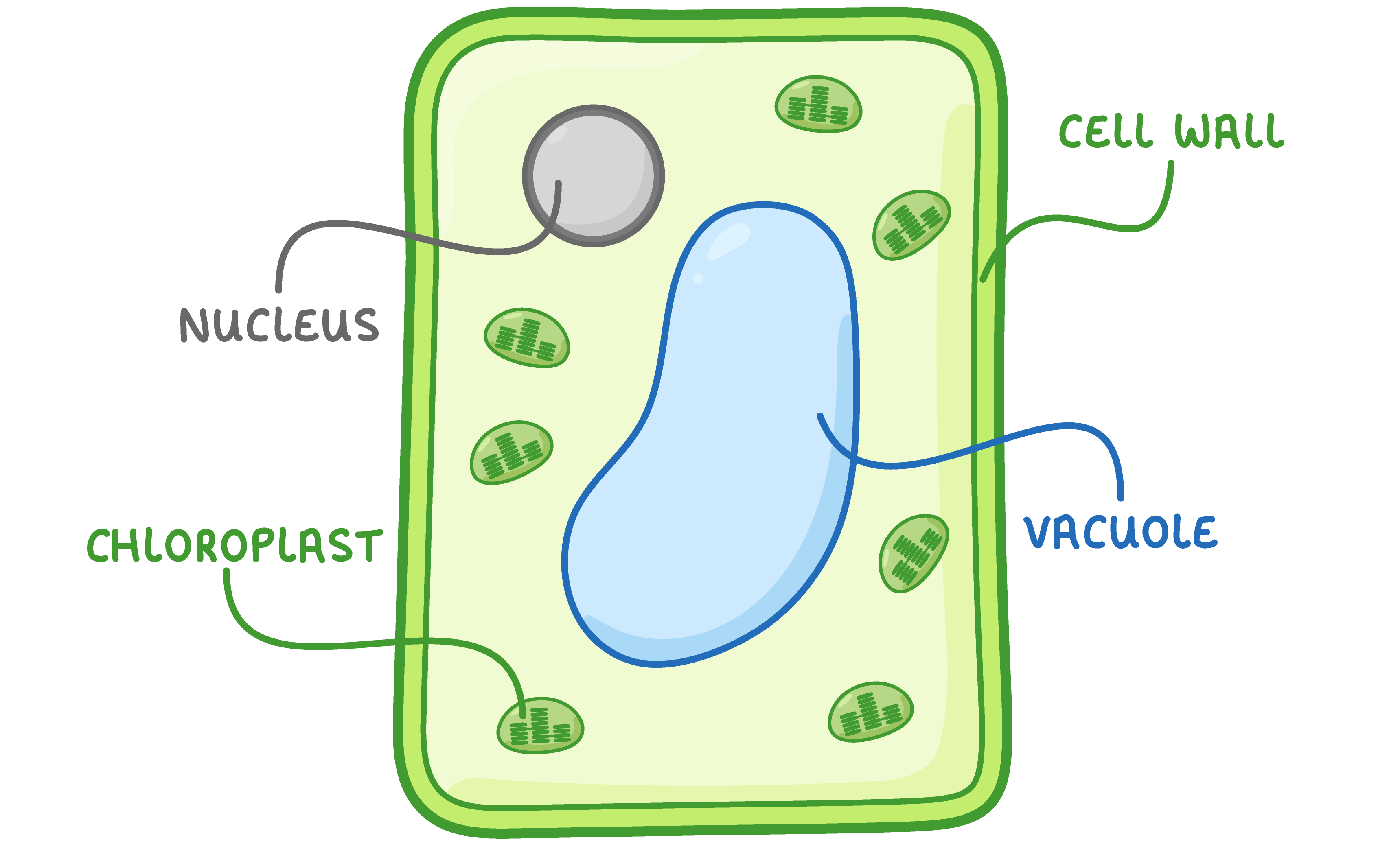 Palisade cells Palisade cells carry out photosynthesis in the leaves of a plant. Specialised features:
|
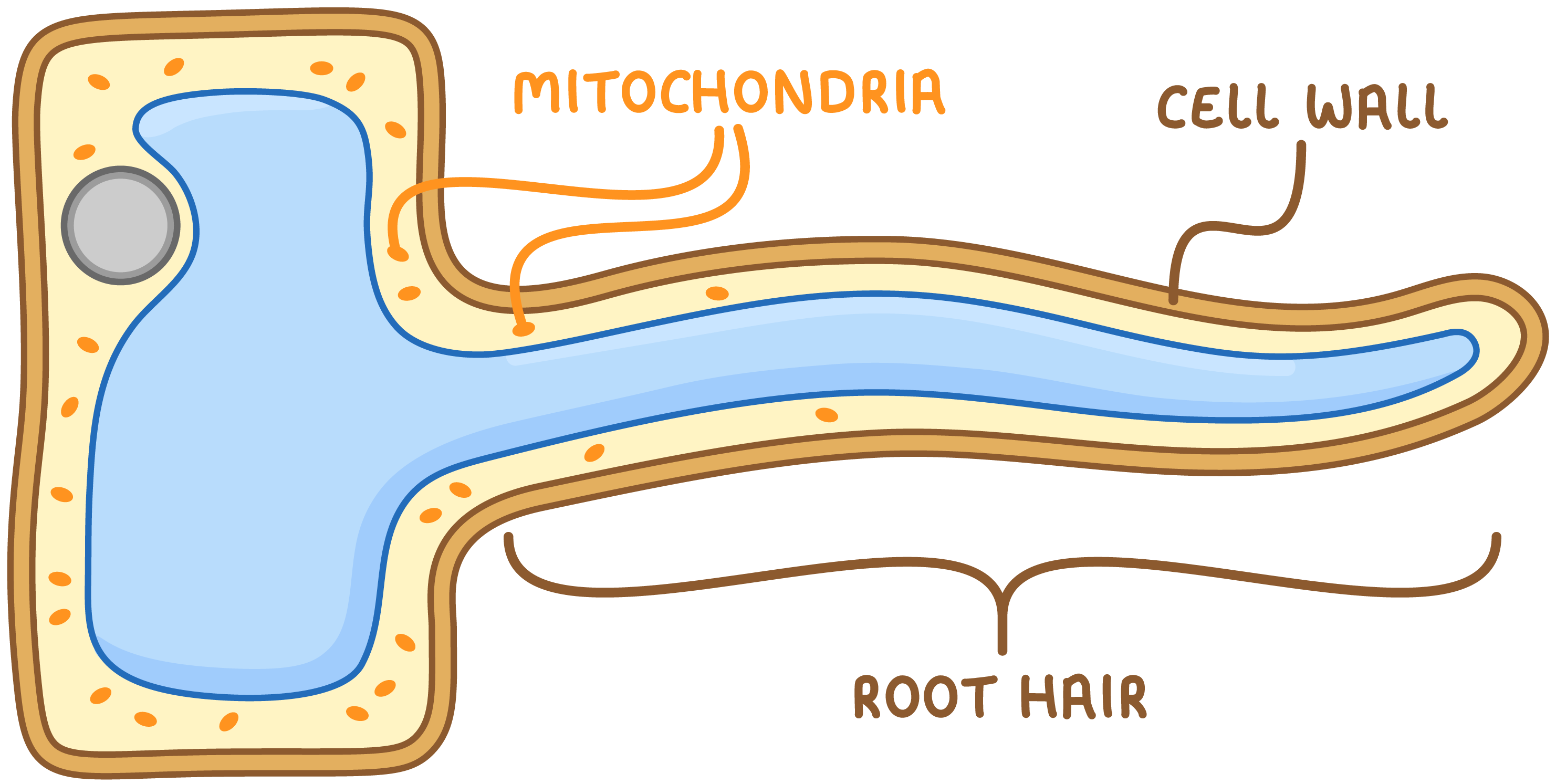 Root hair cells Root hair cells absorb water and mineral ions from the soil. Specialised features:
|
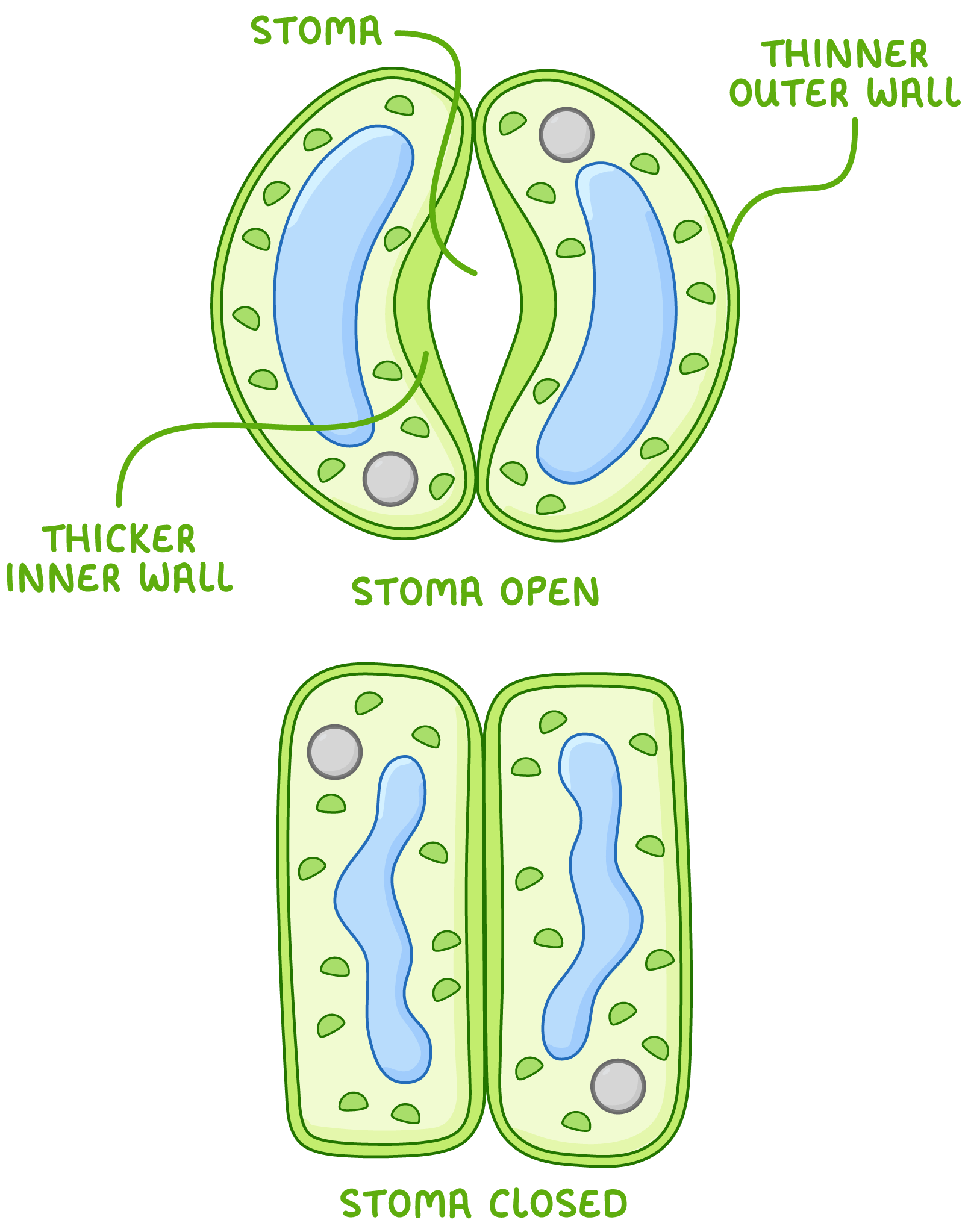 Guard cells Guard cells control the opening and closing of stomata. They are used to allow carbon dioxide to enter the leaves and to prevent water loss. Specialised features:
|